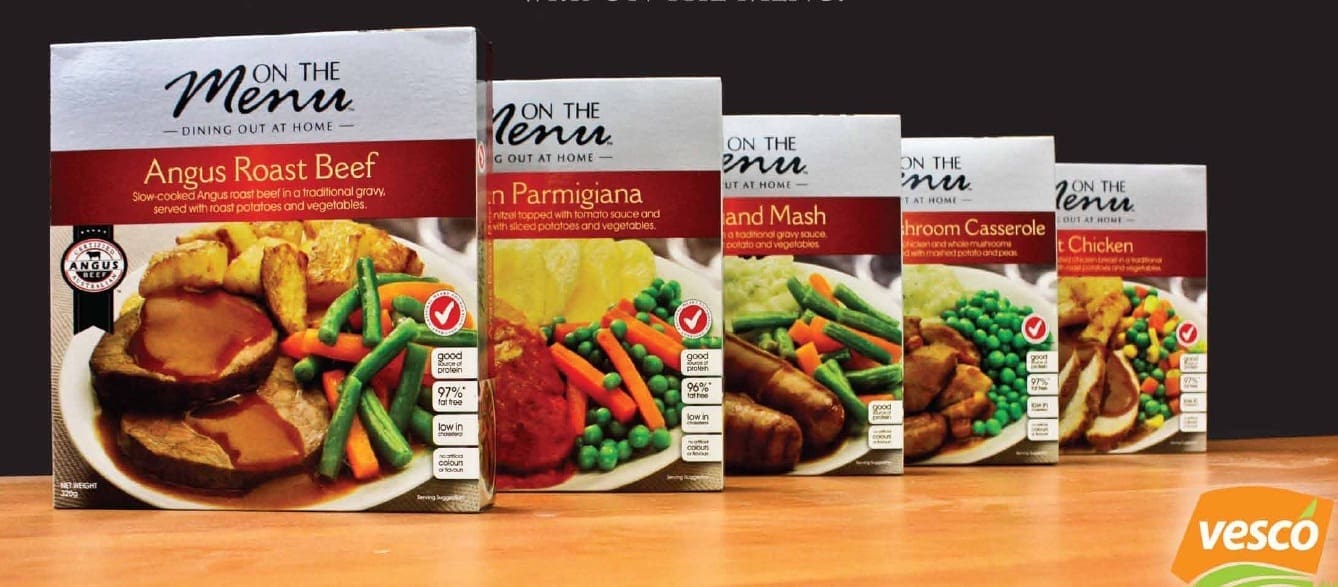
A RECENTLY completed industry research project has reviewed recent advancements in ‘clean label’ food products to identify new opportunities for the Australian red meat sector to value-add products under clean label claims.
‘Clean label’ and ‘free-from’ trends have continued to evolve across the food industry. The trend typically refers to food products that have fewer and simpler ingredients.
Although there is no standard definition or regulatory framework that dictates what ‘clean labels’ must contain, several features are important from a consumer perspective:
- Ingredient declarations (must be transparent and readable)
- Low in salt, sugar and free from artificial ingredients
- Sustainable and clear packaging used
- Must satisfy legislative codes and requirements
- Identify wellness attributes relating to overall health (e.g. protein, wholefood, strength, weight management, balanced diet)
A series of interviews were undertaken with industry and consumer groups to test key clean food perceptions and attitudes.
It was found that consumers pay less attention to ‘clean labels’ in premium, high-value products compared to food ‘staples’, with an increasing focus on foods consumed by children addressing this trend.
US statistics published in 2017 indicated 80pc of consumers actively seek-out ‘clean-labelled’ products once they decide natural and clean food is a key purchase driver for them/their family. The early adopter traditionally has been millennials switching to organic produce.
It was also determined that ‘clean’ is more than a simple ingredient declaration, but more about product perception.
Key messages on the front of pack set the expectations and are essential to gain attention, in order for a consumer to look at the ingredient declaration which substantiates expectations. The outcomes focused on clear, easy to understand communication that highlights attributes of foods with inclusion of red meat (that is, as an ingredient) in terms of:
- A natural whole food is essential. Words like ‘pure’, ‘whole’, ‘wholesome’, ‘real’ and ‘natural’ promote the wholefood nature of meat
- The health and wellbeing properties of the meat with key nutrients that red meat is a source of ‘protein’, ‘iron’, ‘zinc’, ‘vitamin B12’, the ‘lean’ nature of the red meat used. ‘Satiety’, ‘muscle-building’, ‘growth’ attributes common to lean meat
- Differentiating the unprocessed nature of meat from processed meats (which are usually deli-style meats, salamis, sausage rolls etc) via words like ‘unprocessed’, ‘real’, ‘wholefood goodness’, ‘natural’, ‘free-from’.
- Differentiating traditional meats from environmentally, sustainable, and humanely produced meat with terms relating to ‘grassfed’, ‘pasture-raised’, ‘RSPCA approved’ (if that has been received), ‘natural environment’, ‘antibiotic-free’ (if applicable).
Overall, the notion of ‘good for you’ was found to be the overarching quality associated with ‘clean eating’. ‘Clean Label’ was found to be all about perception in the mind of the consumer, based on attributes they desire.
These insights are being used to gain an understanding of the best opportunity areas the red meat sector might consider in the context of the ‘clean label’ food trend.
The MLA project considered several opportunities for clean labelled foods that could be applied to red meat inclusion, with a particular focus on meat snacks, powder drink supplements and baby food.
It was recommended that a better understanding of how people think, feel, behave and learn about clean labelled meat based products be considered. The preliminary feedback indicating that clean labels build trust via simplicity, transparency and wholesomeness that can address anxiety and fear – however the report noted that the research was undertaken during the COVID-19 pandemic.
Benefits to industry
Brand-owners procuring and value-adding Australian red meat are well-placed to build on the current ‘clean and green’ Australian red meat credentials, the report suggested.
It was proposed that clean labelling and clean technologies could continue to enable provisions for Australian red meat to make advances advance in the value-added food sector.
The project identified four key insights that have been discussed with several meat snack companies who have concurrent MLA Donor Company projects in progress. These projects are evaluating novel processing interventions and bundling of ingredients.
Further discussions have been held with companies developing meat-based baby foods.
